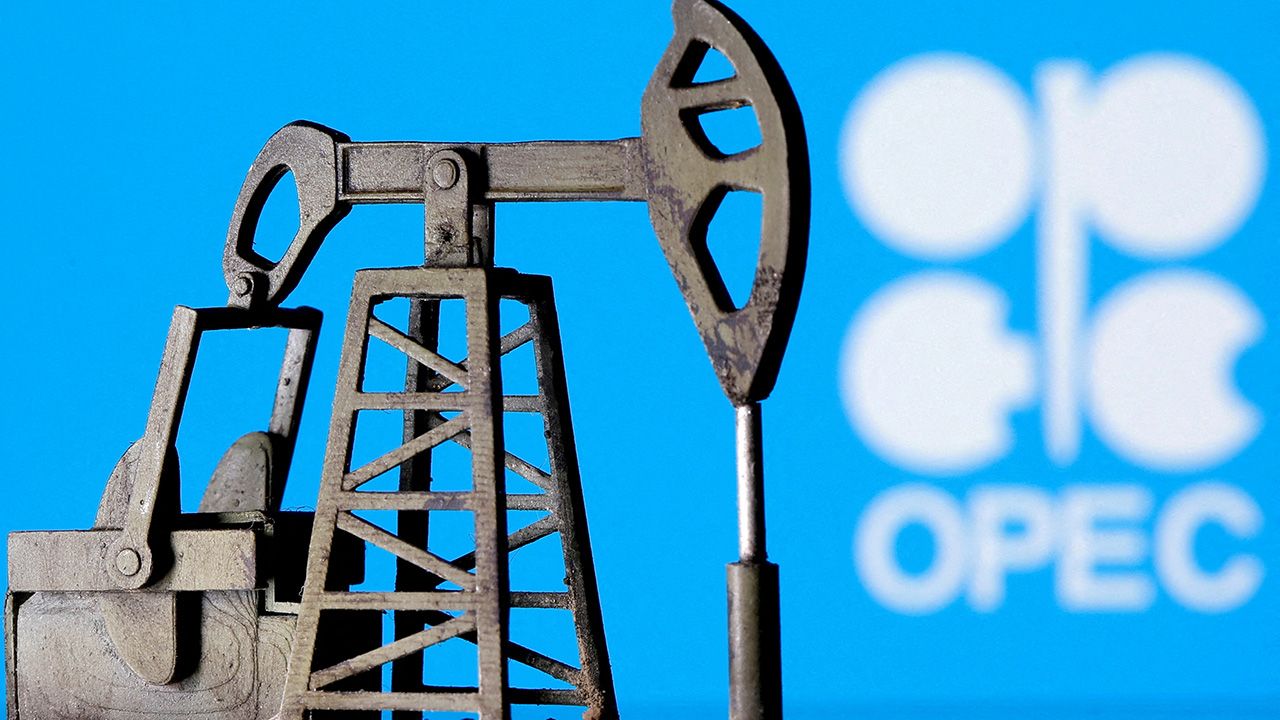FXOpen

After a very brief period of stagnation, crude oil prices are once again becoming volatile.
Oil, along with many other raw material commodities which are used as energy sources, has been at the center of discussion for over two years, first of all due to restrictions on supplies caused by logistical channels being hampered by national lockdowns in key markets such as the Antipodes, Europe and North America, swiftly followed by a curtailment of supply by many of Russia's energy giants to European and American customers during the course of 2022.
This resulted in a huge rise in oil prices across the world, because once again the demand was unable to be met by supply as European settlements to Russian energy companies were unable to be claimed by the suppliers due to sanctions on their Euro-denominated bank accounts, resulting in many customers having to pay for oil via direct settlement to a ruble-denominated bank account in Moscow.
By the summer of last year, the cost of everyday consumer products based on oil such as fuel for motor vehicles rocketed and compounded and already serious cost of living crisis.
This subsequently dwindled and many national governments stepped in to put price caps in place, however that has not been as simple a solution as it may have initially seemed.
The price of crude oil has remained volatile despite the end user cost of fuel and domestic energy having reduced due to a combination of market conditions and government incentives, and this week, a further sudden movement has taken place.
At the end of last week, Brent Crude Oil was heading toward the $80 per barrel mark. By Thursday it had reached $79.2 per barrel, but as the European trading session opened on Friday, this high value suddenly crashed to $75 per barrel.
During the early hours of this morning, the price began to rise substantially again and is now heading toward the $78 mark, largely caused by an announcement that Russian oil firms are going to proceed with the planned cut in oil production by 500,000 barrels a day in March in response to the Western governments imposing price caps on its oil and oil products.
These price caps are bizzare in their nature, in that G7 governments have agreed that all oil from any other oil producing country will be bought at market prices, whereas oil from Russian energy firms should be capped at $45 per barrel.
Of course, Russian energy firms subject to such a cap will not supply oil on those terms, as it would represent a loss-making endeavor, so they will cut the production and not supply regions in which this cap is implemented.
This has caused the price of oil to rise, because there will once again be a supply shortage in Europe.
As a coincidence, Additionally, the overall OPEC+ nations last October stated that they would cut oil production targets by 2 million barrels per day until the end of 2023, so this cut by Russian firms in March is a sudden step to curtail production against a wider backdrop of scaling back oil production by the overall OPEC+ bloc of nations.
Supply and demand has always dictated the price of consumable commodities such as oil, and today's circumstances are no exception.
Start trading commodity CFDs with tight spreads. Open your trading account now or learn more about trading commodity CFDs with FXOpen.
This article represents the opinion of the Companies operating under the FXOpen brand only. It is not to be construed as an offer, solicitation, or recommendation with respect to products and services provided by the Companies operating under the FXOpen brand, nor is it to be considered financial advice.
Stay ahead of the market!
Subscribe now to our mailing list and receive the latest market news and insights delivered directly to your inbox.








